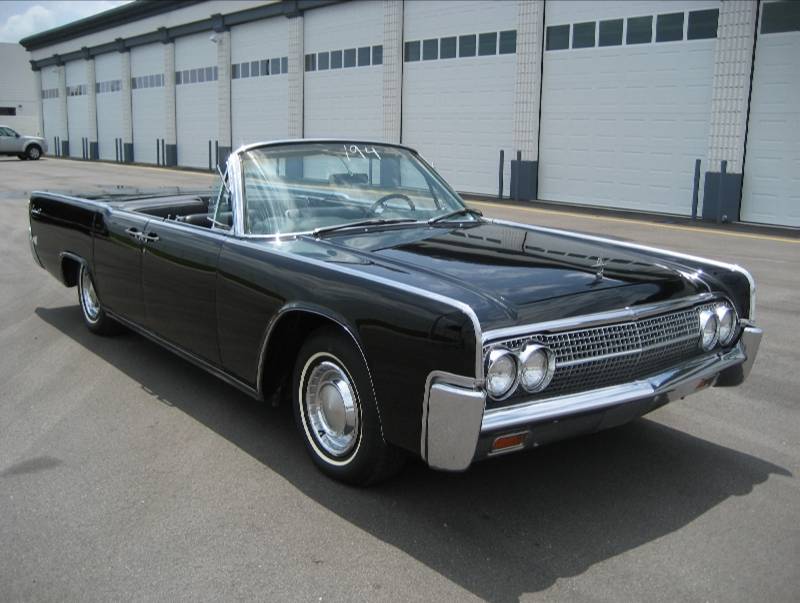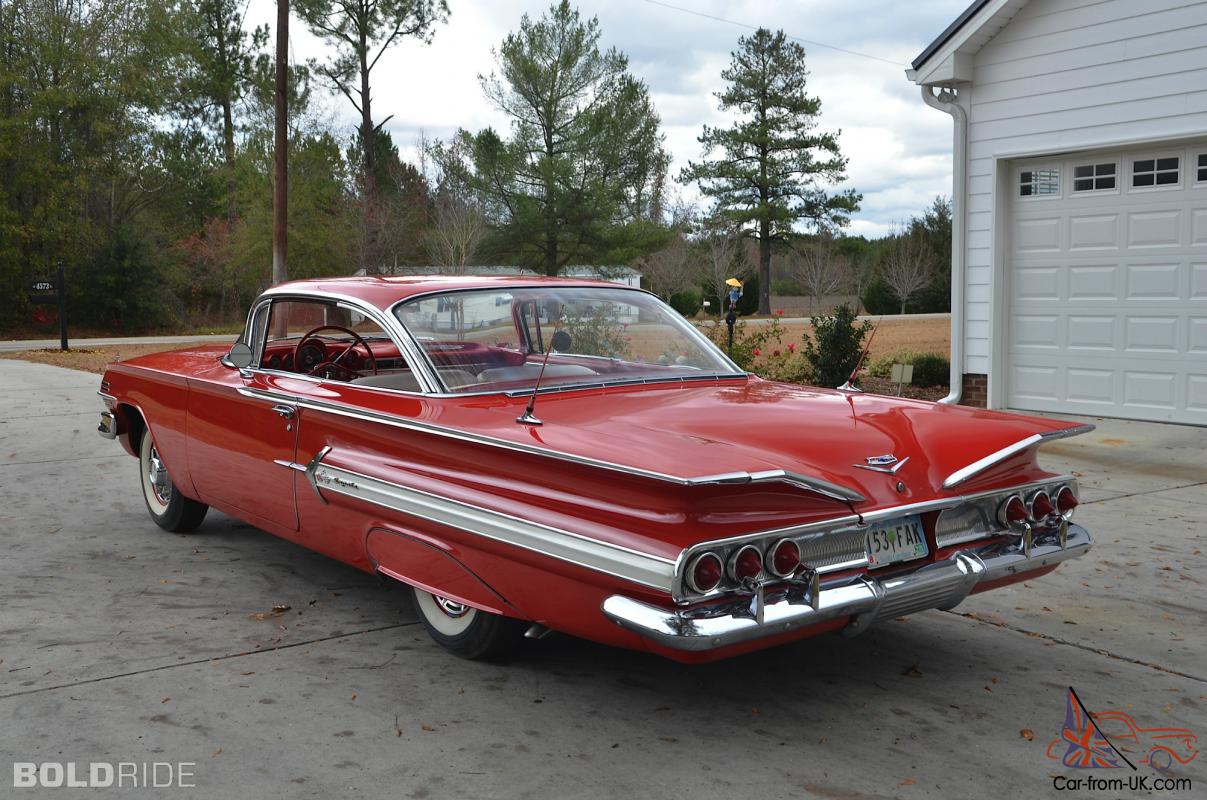Thinking about an
iconic cars with a
futuristic look and build a little bit too much
in advance of its generation,
I definitively was thinking about the 1975-1979
AMC Pacer.
It was described as "the seventies answer to George
Jetson's mode of transportation"
at a time when "Detroit was still rolling out
boat-sized gas guzzlers."
Some of the
original concepts became typical of the current electric vehicules generation:
- The rounded shape and
large glass area were unusual compared with the
three-box designs of the era.
The large amount of windows is one of the common criteria of all of the Tesla models.
- The Pacer's car
width was equal to full-sized domestic vehicles at the time,
thus allowing using parts already in production and assembly lines from other models.
The size of the batteries also made the
Tesla's width to be quite noticable.
- The Pacer was the first U.S. automobile design using the
cab forward concept.
The
cab forward concept is also typical of any Tesla, in particular the
Model 3.
- The Pacer was designed to
offer the interior room and feel of a big car
that drivers of traditional domestic automobiles at that time were accustomed to.
The market focused on
interior size versus
external dimensions is typical in modern cars.
- The low-drag design was highly innovative. In paticular windshield wipers were hidden and rain gutters were eliminated,
thus providing a
smooth aerodynamic blending the tops of the doors into the roof.
This was criticized at the time, as it allowed rain onto the front seat,
but become the norm in today's designs, in particular with the
Tesla Model X.
- It was the first U.S. small car to
isolate the engine and suspension from the passenger compartment.
The entire front and rear suspension suspension were mounted on a crossmember isolated from the frame.
The indroducion of
rack-and-pinion steering and wide track provided smooth and quiet ride,
compared to the traditional big barges, making easy to navigate through narrow city streets.
- Originally, the Pacer was designed for a
Wankel rotary engine to take advantage of
the rotary's
ultra-compact dimensions. This is also a
common characteristic of electric engines.
Some AMC Pacers were converted to
plug-in electric vehicles.
In particular Electric Vehicle Associates (EVA) of Cleveland converted over 100 units called
EVA Change of Pace.
The EVA conversion was based on eighteen 6-volt lead–acid batteries, a
15 kW (20 hp) series DC motor,
with a stock three-speed automatic transmission. It weighed
3,990 lb (1,810 kg)
and reached
55 mph (89 km/h) with a
53-mile (85 km) range.
Regenerative braking is used in conjunction with the standard hydraulic brake system.
Later, a new version with twenty VARTA batteries housed in two-packs (front and rear),
with a
26 kW (35 hp) (at 3,000 rpm) motor, and the car was complete in every detail down to a gas heater
and hydraulically operated hybrid vehicle recharging system.
In a fully restored version, the original
silicon-controlled rectifier (SCR) control was replaced with a modern controller
and the "hydraulically operated hybrid vehicle recharging system" was removed because of its lack of efficiency
to use
compressed air from suspension travel to power a small generator to recharge the batteries.
A 21rst century design of the AMC Pacer, with batteries placed under the car, would make it an ideal afordable EV cruising car.











